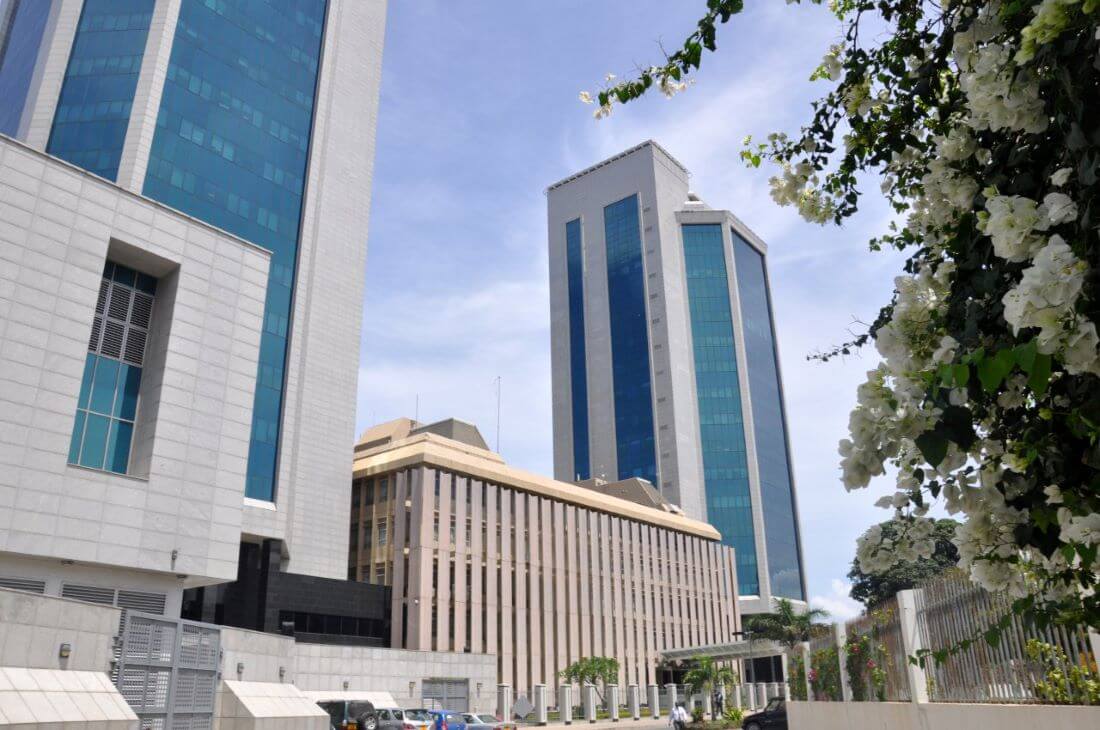
The Bank Lending Rate in Tanzania refers to the interest rate at which commercial banks in Tanzania lend money to their customers. It is an essential indicator that reflects the cost of borrowing for businesses and individuals in the country. The rate is typically influenced by various economic factors, monetary policy decisions, inflation rates, and market conditions.
November 2023 Rate Increase:
The Bank Lending Rate in Tanzania increased to 13.29 percent in November 2023, up from 13.26 percent in October of the same year. This suggests that, on average, borrowers were paying a slightly higher interest rate on loans in November compared to the previous month.
Historical Average:
The average Bank Lending Rate in Tanzania from 2003 to 2023 was 13.09 percent. This long-term average gives an indication of the prevailing interest rate environment over the past two decades.
All-Time High in 2017:
The rate reached its highest point in September 2017, hitting 17.91 percent. This period might have been characterized by economic conditions that led to higher interest rates, possibly to control inflation or address other monetary policy concerns.
Record Low in 2004:
The record low for the Bank Lending Rate in Tanzania was 7.53 percent in March 2004. A low lending rate could indicate a period of economic stimulus, with lower interest rates encouraging borrowing and spending.
Factors Influencing Bank Lending Rates:
Bank lending rates are influenced by various factors, including the country's monetary policy set by the central bank, inflation rates, economic growth, and global economic conditions. Central banks often adjust interest rates to achieve specific economic goals, such as controlling inflation or stimulating economic growth.
Impact on Borrowers:
Changes in the Bank Lending Rate directly affect the cost of borrowing for businesses and individuals. An increase in the lending rate generally means higher interest expenses for borrowers, which can impact spending, investment, and overall economic activity.
The Bank Lending Rate is a key economic indicator that provides valuable information about the cost of borrowing, monetary policy decisions, and the overall economic health of Tanzania. Analyzing trends in this rate helps policymakers, businesses, and investors make informed decisions about financial strategies and economic activities.
Cost of Borrowing:
The Bank Lending Rate reflects the cost at which commercial banks in Tanzania are willing to lend money to their customers. An increase in the lending rate, as seen in November 2023, suggests that borrowing became slightly more expensive during that period. This can impact businesses and individuals seeking loans for various purposes, such as investments, expansion, or personal expenditures.
Monetary Policy Changes:
Central banks, including the Central Bank of Tanzania, often use interest rates as a tool to implement monetary policy. An increase in the Bank Lending Rate may be a response to concerns about inflation or the need to stabilize the financial system. Conversely, a decrease may signal an effort to stimulate economic activity by making borrowing more affordable.
Economic Conditions:
The historical trend of the Bank Lending Rate provides insights into the overall economic conditions in Tanzania. For example, the all-time high in September 2017 may indicate a period of economic challenges or inflationary pressures, while the record low in March 2004 could suggest a phase of economic stimulus and growth.
Investment Climate:
The lending rate influences the investment climate in the country. Higher interest rates might deter businesses from taking loans for expansion or capital projects, potentially slowing down economic growth. On the other hand, lower interest rates can encourage borrowing and investment.
Policy Responses:
Changes in the Bank Lending Rate can be interpreted as policy responses by the central bank to various economic challenges. For instance, an increase might be aimed at cooling down an overheated economy, while a decrease could be intended to spur economic activity during a downturn.
Inflationary Pressures:
The Bank Lending Rate is often correlated with inflation. Higher interest rates can be used to control inflation by reducing spending and borrowing, while lower rates can stimulate economic activity and inflation.